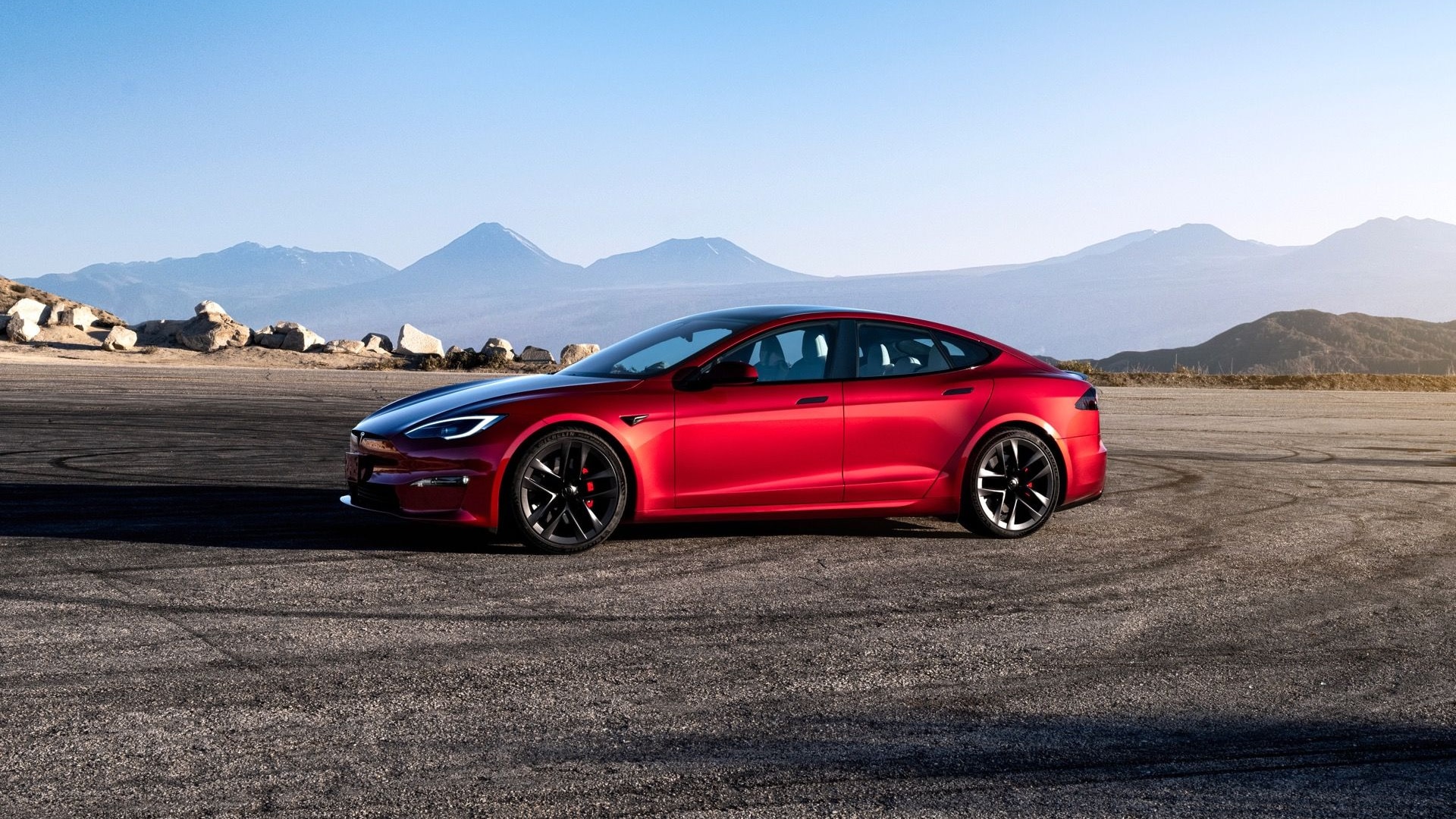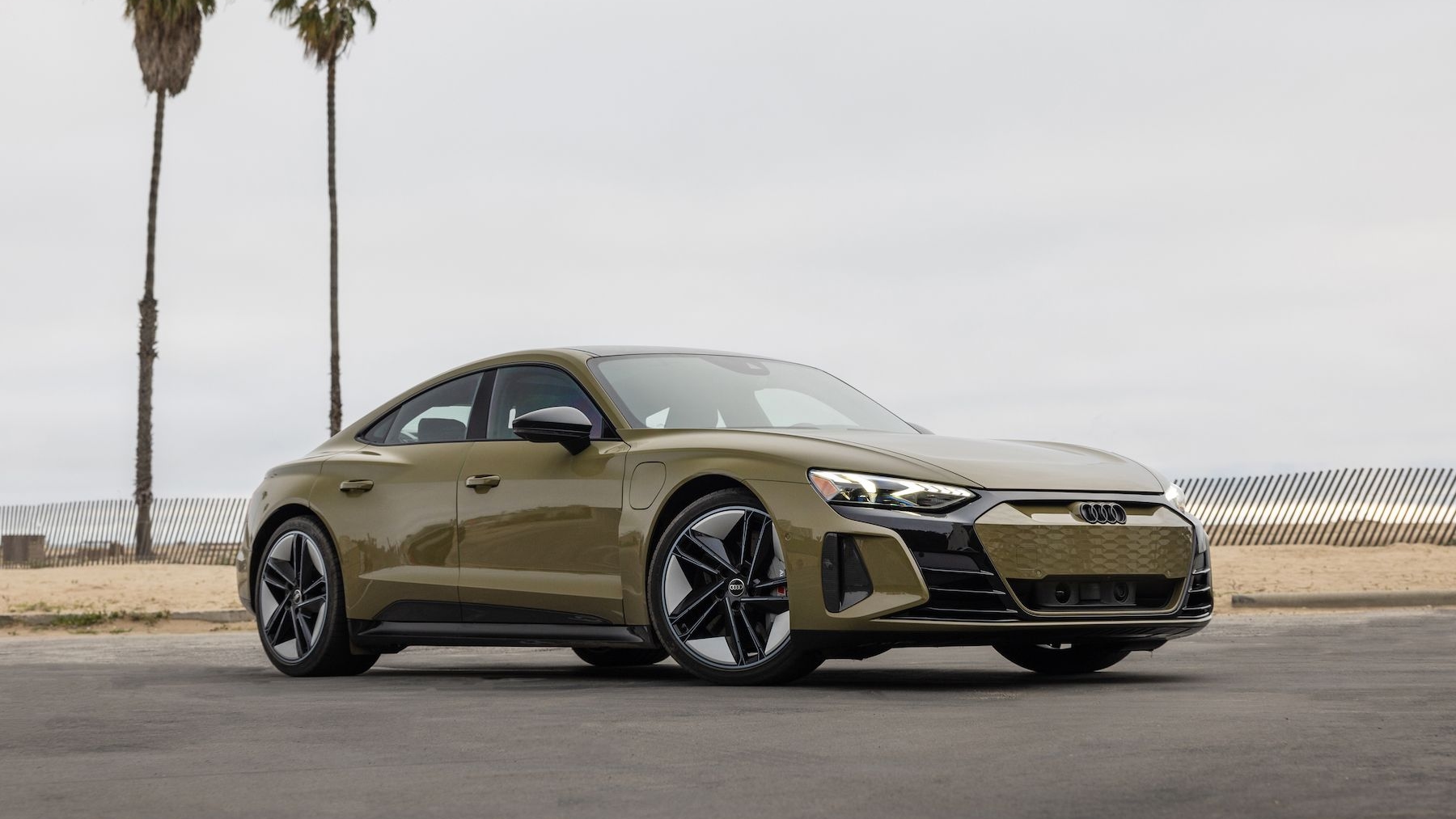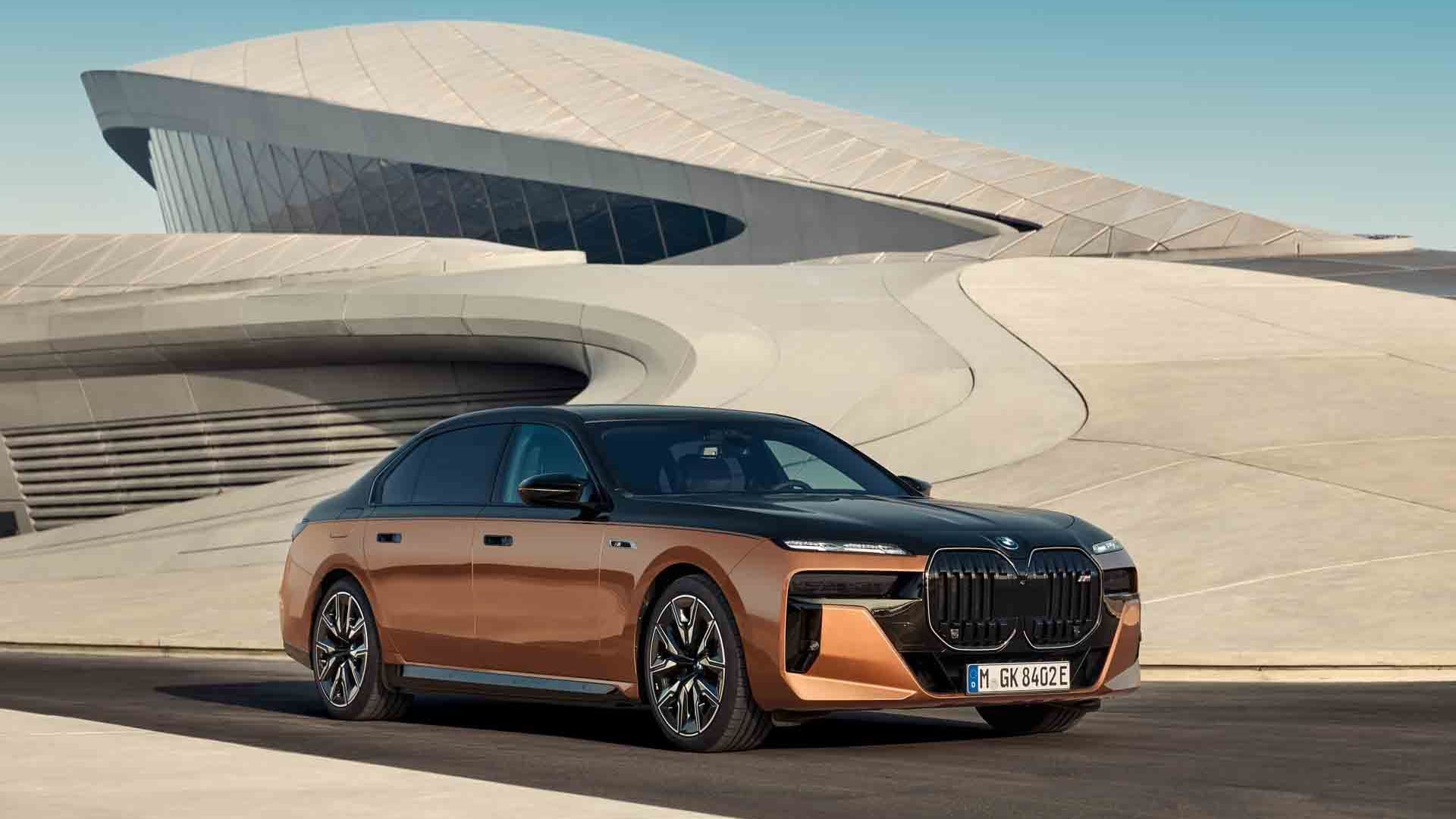The Tesla Model S fire that we asked everyone not to get all worked up about because it's just like any other car fire is still not a big deal (in fact, it may be less of a deal than an ordinary car fire)--but it's interesting to see that the owner of the car that burned understands that, too.
Owner Robert Carlson wrote an email in response to contact by Tesla's vice president of sales and service, Jerome Guillen, saying he found the car had "performed very well under such an extreme test. The batteries went through a controlled burn which the internet images really exaggerates."
Which was our point exactly.
Curiously, Carlson is also a Tesla investor, so his own Model S fire may have played a role in hurting the value of that investment--a double-whammy for poor Mr. Carlson.
As for whether Carlson will be buying another Tesla, it looks like the prognosis is good. Carlson wrote, "Anyway, I am still a big fan of your car and look forward to getting back into one.
Along with the emails, Tesla Motors [NDSQ:TSLA] also released a more complete statement on the matter, outlining the exact conditions that caused and then exacerbated the Model S's battery fire.
Key salient details from the new statement (excerpted):
A curved section that fell off a semi-trailer was recovered from the roadway near where the accident occurred and, according to the road crew that was on the scene, appears to be the culprit. The geometry of the object caused a powerful lever action as it went under the car, punching upward and impaling the Model S with a peak force on the order of 25 tons. Only a force of this magnitude would be strong enough to punch a 3 inch diameter hole through the quarter inch armor plate protecting the base of the vehicle....
The Model S owner was nonetheless able to exit the highway as instructed by the onboard alert system, bring the car to a stop and depart the vehicle without injury.
...
It is important to note that the fire in the battery was contained to a small section near the front by the internal firewalls built into the pack structure. At no point did fire enter the passenger compartment.
...
A typical gasoline car only has a thin metal sheet protecting the underbody, leaving it vulnerable to destruction of the fuel supply lines or fuel tank, which causes a pool of gasoline to form and often burn the entire car to the ground. In contrast, the combustion energy of our battery pack is only about 10% of the energy contained in a gasoline tank and is divided into 16 modules with firewalls in between. As a consequence, the effective combustion potential is only about 1% that of the fuel in a comparable gasoline sedan.
_______________________________________
Follow Motor Authority on Facebook, Twitter, and Google+.


